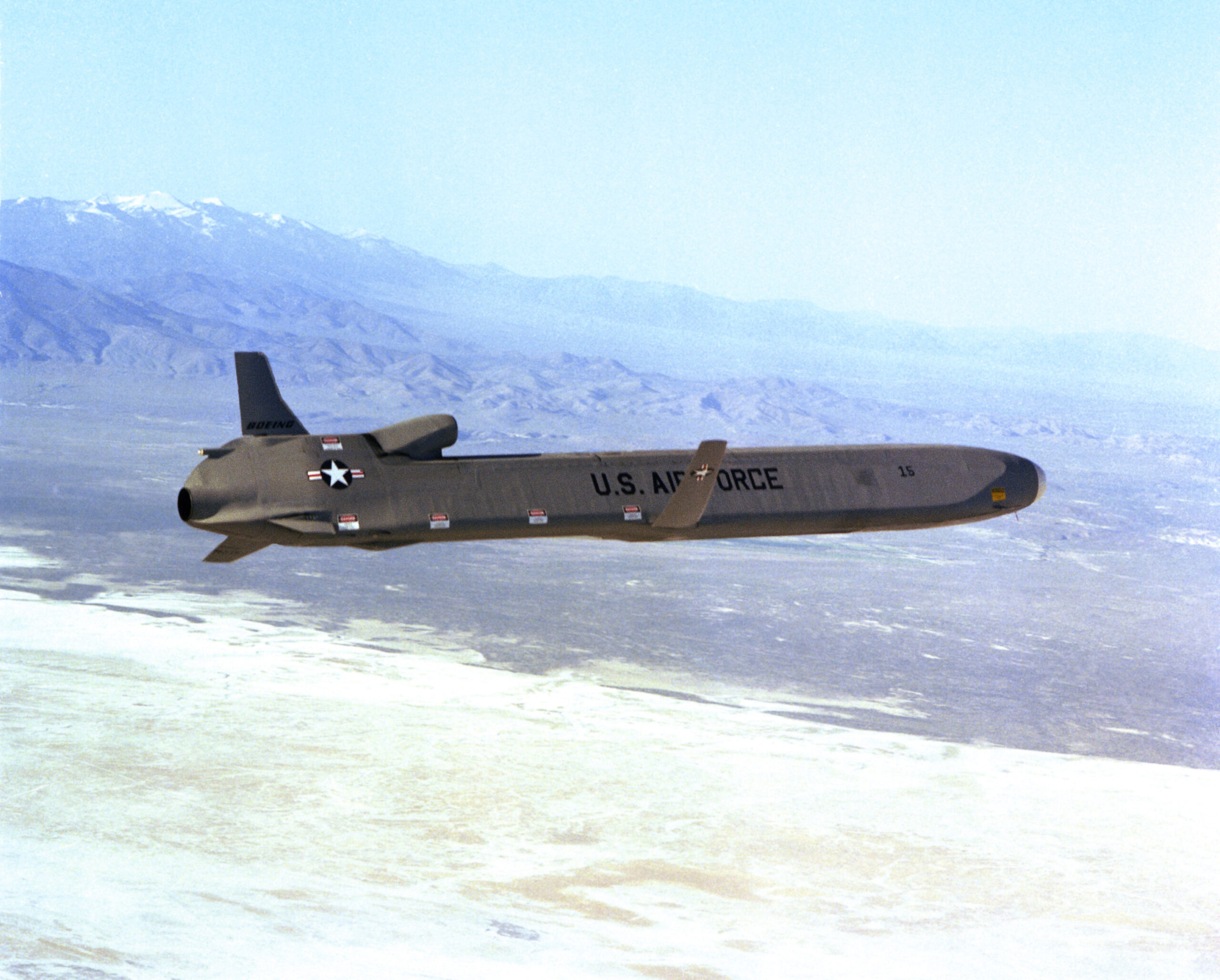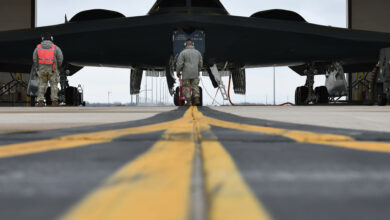The US Air Force is seeking a vendor to integrate the upcoming Long-Range Standoff (LRSO) nuclear missile on the B-52H Stratofortress bomber.
The service expects the vendor to build and integrate the Bomber Weapon Interface Equipment (BWIE) on the aircraft in support of the LRSO.
Carriage equipment for the LRSO include “the B-52 suspension underwing unit -72 conversion to SUU-103, common strategic rotary launcher/conventional rotary launcher (CSRL/CRL) conversion to the nuclear rotary launcher (NRL), and manufacture of a nuclear stores interface unit inserted into SUU-103 and NRL,” the service wrote in the solicitation notice.
Bomber Weapon Interface Equipment
All three subsystems are expected to be built simultaneously for field integration on the aircraft.
“Production will be a stepping stone process as existing equipment will be pulled from operational units or 309th Aerospace Maintenance and Regeneration Group, refurbished and upgraded to meet B-52/LRSO BWIE requirements,” the service added.

Requirements
The service wants 14 underwing units per year for four years with short-term storage before and after production.
Refurbishment of the rotary launchers, along with the upgrade of the NRL and fielding, is pegged at nine systems annually for four years.
Additionally, 25 nuclear rotary launcher upgrade kits should be provided over two to three years with the ability to provide depot/field installs if required.
Phases
“The technology required to meet B-52 BWIE requirements for LRSO integration exists today,” the notice said.
“Fabrication and qualification phase will build on the design phase and focus on system level integration and qualification.”
Long-Range Missile
The Raytheon cruise missile will replace the 1980s-vintage nuclear AGM-86B Air-Launched Cruise Missile, with a production decision expected in 2027.
It passed a critical design review in March 2023 following the completion of flight tests in 2022.
A total of 1,020 missiles, plus 67 for testing, were originally planned, with the B-52 and the upcoming B-21 Raider bomber as the launching platforms.
The $13 million missile is expected to have a range of over 1,500 miles (2,400 kilometers).













